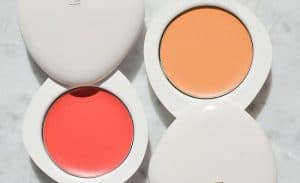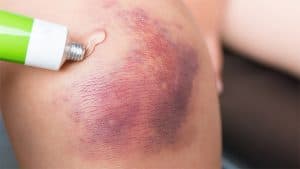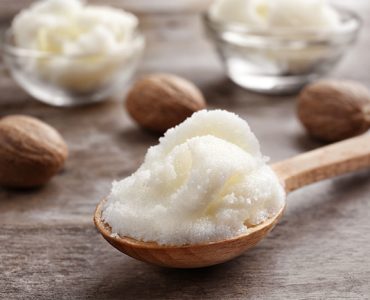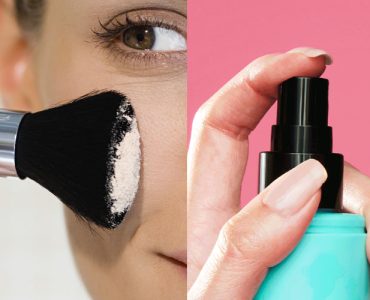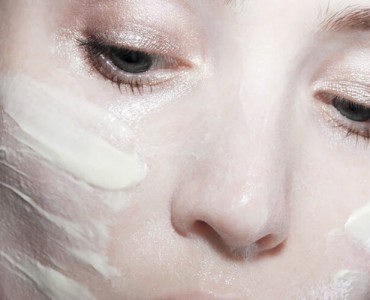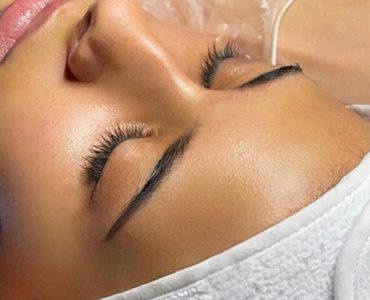Those products you apply to your skin may have some downsides, like clogging pores. One of the up-and-coming skin remedies right now is shea butter. But before you add it to your skincare, you might be worried if you will end up with clogged pores if you lather some shea butter on your skin.
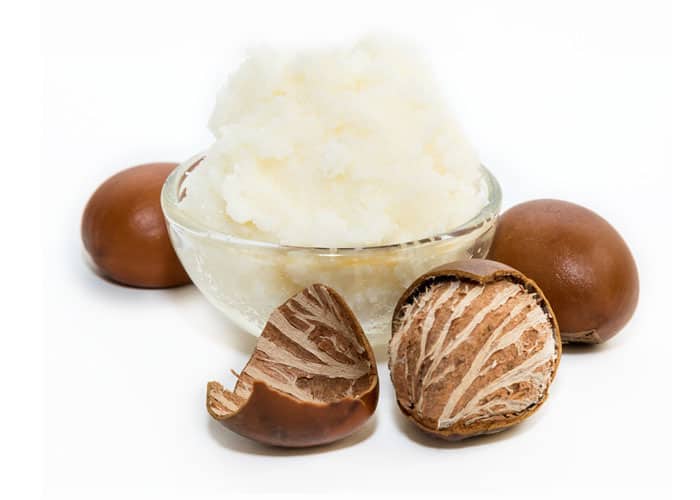
Does shea butter clog pores, then?
The short and simple answer is no, shea butter doesn’t clog pores because it is non-comedogenic.
Continue reading below to know more about shea butter and what it can do for your skin:
What is Shea Butter?
Basically, shea butter is the type of “fat” extracted from the nut of the African shea tree or karite. Shea butter in its raw form has ivory or creamy color. After processing, however, it becomes white. This may also take on a yellow color once the root has been added to it. This is naturally rich in vitamins F, A, D, and E, and is very nourishing not only to your skin but also to your body and hair.
Read This Next:
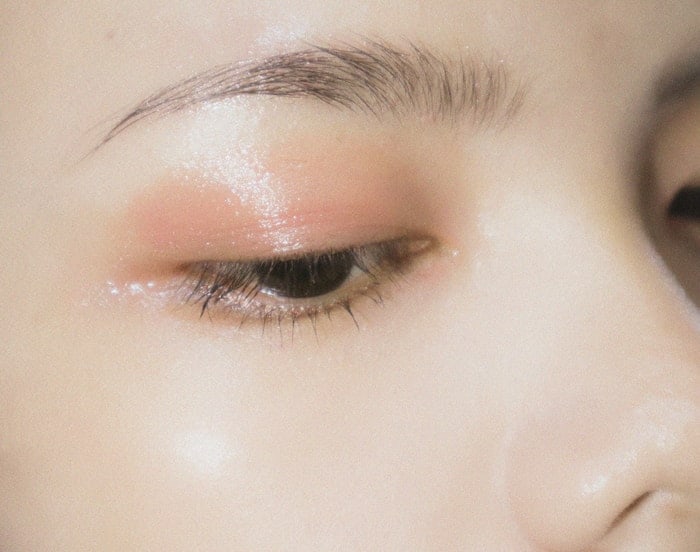
Shea Butter Production Process
There are several important steps when it comes to shea butter production, and these are the following:
- Shells are manually cracked open to show the shea nuts found inside them.
- The nuts are washed and dried out first to release any leftover moisture in them.
- Once fully dried, the nuts are crushed and pounded into smaller pieces.
- These smaller pieces will be roasted to form a dark, brown-colored paste.
- Water will be added to the paste that will be whipped until it creates a creamy consistency.
- This paste will be repeatedly rinsed using distilled clean water to purify it.
- After the purification, the paste will be heated over the fire that will make the fat rise to the top while letting the oil sink to the bottom.
- The fat on top will be skimmed off then the hardened oil on the bottom is the one marketed and used as shea butter.
You see, the entire process is quite intense, but you can be sure that the result will be worth it. This will make you realize how amazing the organic product is.
Comedogenic: What Does It Mean?
It’s started earlier that shea butter is non-comedogenic. But what does comedogenic mean in the first place?
Comedogenicity is a term that pertains to the likelihood of a substance to cause blackheads or pimples on the skin. Acne forms once hair follicles end up blocked with dirt, oil, and other impurities. This means when you have acne-prone or oily skin, you may need to avoid products with a high level of comedogenicity since these will only result in more breakouts.
On the other hand, non-comedogenic indicates that the product or ingredient doesn’t clog pores. It is vital, however, to take note that only since a product claim to be non-comedogenic doesn’t mean that it won’t cause any reaction on your skin. Remember that everyone is different and unique and may still suffer from breakouts since their skin doesn’t favor a certain ingredient or product.
Read This Next:
There are some products such as soils that can work well for your skin and moisturize it despite having extremely high comedogenicity levels. This is why it is important to use only non-comedogenic ingredients to moisturize your skin.
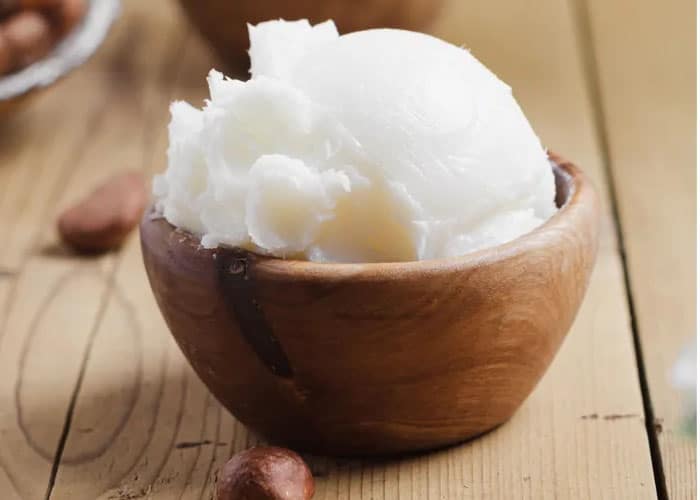
Comedogenicity Scale
Comedogenicity scale measures the likelihood of an ingredient or product to clog pores. The comedogenicity scale will range from 0 to 5.
- 0 means the product doesn’t clog your pores
- 1 means low risk of clogging your pores
- 2 means moderately low risk of clogging your pores
- 3 means moderate risk of clogging your pores
- 4 means a fairly high risk of clogging your pores
- 5 means high risk of clogging your pores
Generally speaking, products or ingredients that are rated 0 to 2 may be good enough for you to apply and won’t likely cause any major complications. If you have skin prone to acne, it is a must to be extra careful with anything with a rating of 5 or 4.
But it is also important to remember that even if the product scores low in the comedogenicity rating, it doesn’t mean that it will not cause breakouts or clog pores. The opposite also applies. Just because an ingredient or product has a high rating of comedogenicity rating doesn’t indicate it will cause acne or clog pores.
Will Shea Butter Clog Your Pores?
Since the rating of comedogenicity of shea butter is 0, it only means that shea butter can be considered a non-comedogenic ingredient. Although you might be amazed that it has a non-pore clogging rating, considering its rich and thick texture, it is still important to use shea butter with extra caution when you have acne-prone or oily skin.
Read This Next:
Even though different ingredient checkers have a slightly different rating of shea butter, typically between 1 and 0, most of the time, shea butter appears that it is fairly non-comedogenic. But still, you might want to delve a bit deeper to learn the truth when it comes to clogged pores and shea butter.
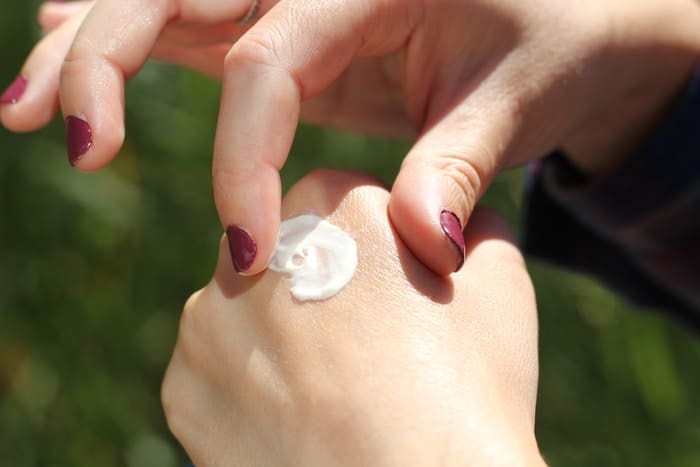
Composition Profile of Fatty Acid of Shea Butter
The fatty acid profile in butter and oils is very essential when trying to determine if a product will be comedogenic.
Linoleic acid, in general, is recommended for acne-prone and oily types of skin, and actually helps treat acne. It is because these skin types have lower linoleic acid levels, so it will be beneficial to supplement fatty acid with butter and oils. Oleic acid can be recommended for dry skin types and may cause acne and clogged pores.
Shea butter’s composition of fatty acid can have slight differences according to the specific source. However, the common numbers are:
- 5% to 8% linoleic acid
- 40% to 45% stearic acid
- 45% to 50% oleic acid
Does shea butter clog pores? No, it doesn’t most of the time because it is non-comedogenic. But due to its composition, there are still some possibilities so always use it with care to get the best results.



